Ein Beitrag von: Aline Vater
Die in Italien geborene und vielseitig arbeitende Künstlerin Barbara Fragogna rezipiert kollektive Wahrheiten über Schönheit und Verfall, diskutiert stereotype, historisch geprägte Geschlechterrollen und transzendiert diese spielerisch-charmant mit Mitteln der Ironie.
Eine Vorstellung des Kunstbuchs „Everyday Renaissance (After All…)“.
Als ich klein war, bat mich meine Großmutter immer, nicht mit Jungs zu gehen, Jesus zu lieben und ein gutes Mädchen zu sein. Ich wuchs mit zwei Vorstellungen von Frauen auf: Der Jungfrau und der Hure.
Dies ist ein Zitat der Pop-Ikone Madonna, die in einer Zeit geboren wurde, in der Frauen entweder Heilige oder Huren waren1. Insbesondere in den 70er Jahren entlarvten Künstlerinnen wie Ana Mendieta, Judy Chicago, Martha Rosler, Nancy Spero, Hannah Wilke und die Guerilla Girls diese traditionellen Rollenzuschreibungen als soziokulturelle Klischees.
Trotz des immensen Fortschritts der Gleichberechtigung von Frauen gibt es auch heute noch Unterschiede zwischen den Geschlechtern, die sich in marktorientierten Schönheitsdogmen, klischeehaften Rollenzuweisungen und unterschiedlichen Entwicklungschancen im Berufsleben widerspiegeln. Dies zeichnet sich insbesondere im Kunstmarkt ab, der Künstlerinnen weitestgehend ignoriert.
Laut einer statistischen Analyse sind weniger als 25% der von Galerien vertretenen Künstler Frauen2. Erst seit wenigen Jahren sind im „Kunstkompass“ drei Frauen in der Top-Ten-Rangliste der KünstlerInnen – Rosemarie Trockel, Cindy Sherman und Pipilotti Rist – vertreten, deren „Marktwert“ weit hinter denen von Gerhard Richter und Bruce Nauman rangiert.
Neben Cindy Sherman, Bettina Rheims oder Marina Abramovic gibt es derzeit eine Generation aktiv wirkender Künstlerinnen, die sich mit diesen soziokulturellen Konstrukten beschäftigen. So auch die derzeit in Berlin lebende italienische Künstlerin Barbara Fragogna, die in „Everyday Renaissance (After All…)“ durch einen selbstbewusst-spielerischen Umgang klischeehafte traditionelle Menschenbilder entlarvt und über das mutige Mittel der Selbstironie zum Schmunzeln verführt.
Barbara Fragogna ist eine multidisziplinäre Künstlerin, die sich neben Malerei, Installation, kuratorischer Tätigkeit und Grafik auch mit Fotografie beschäftigt. In ihren Arbeiten diskutiert sie häufig Widersprüche psychologischer und soziologischer Konstruktionen, indem sie diese ohne Scham und Reue enthüllt, zerteilt und versöhnt.
In diesem Sinne besteht das Konzept hinter „Everyday Renaissance (After All…)“ aus einer Gegenüberstellung eines populären Renaissancegemäldes und einem äquivalenten Selbstportrait, mit dessen Hilfe die Künstlerin auf klassische Darstellungsweisen der Kunstgeschichte referiert und sie in einen neuen Zusammenhang stellt.
Die Interpretation der Bilder ist, wie Barbara Fragogna beschreibt, intuitiv und von individuellen Erfahrungen abhängig:
Man erkennt den Sinn. Er ist klar. Du kannst es auf unterschiedlichen Ebenen interpretieren, es hängt nur von dem Schlüssel ab, den Du in Deiner Hand trägst.
Daher ist ihre Arbeit einem breiten Publikum von Personen zugänglich, die sich mehr oder weniger (und nicht notwendigerweise) intensiv mit Kunstgeschichte beschäftigt haben. Nicht das Wort führt zu Erkenntnis, sondern die Imagination – das ist das Dogma, das Barbara Fragogna umtreibt.
Die Wahl der Epoche der Renaissance ist keineswegs zufällig. Die Renaissance – das heißt, das 15. und 16. Jahrhundert – war eine der bedeutsamsten Kunstepochen, in der Künstler wie Leonardo und Michelangelo, Raffael und Tizian, Dürer und Holbein nach höchster künstlerischer Vollkommenheit, Schönheit und Harmonie strebten. Durch die Auseinandersetzung mit wissenschaftlichen Erkenntnissen wandelte sich das Verständnis von Perspektive und Anatomie in der Kunst und verhalf Kulturschaffenden zu nie dagewesenem Ansehen3.
Zum ersten Mal nahmen Künstler einen ehrenwerten Platz unter den bedeutenden Figuren des Zeitalters ein, sie wurden hofiert von Päpsten und Kaisern, die miteinander darum wetteiferten, ihre Kunstwerke zu besitzen 3. Nicht zufällig werden diese Werke der Renaissance neuzeitlichen Selbstportraits entgegengesetzt – in einer Zeit, in der der Kapitalismus den Kunstmarkt beherrscht und nur noch ein verschwindend geringer Bruchteil von KünstlerInnen von Sammlern und Museen hofiert werden.
Im Sinne einer kapitalistischen Marktorientierung ist auch die Auswahl des künstlerischen Mittels in Barbara Fragognas Selbstportraits einzuordnen. Die Künstlerin nutzt für ihre Darstellung eine wabi-sabi-ähnliche Fülltechnik zur Betonung von Inhalt, die von Photoshop verwöhnte Augen unter Umständen flirren lässt.
Die Wahl dieses Mittels liegt jedoch nicht in der Unfähigkeit der Anwendung von Photoshop-Kenntnissen der Künstlerin begründet, sondern ist ein bewusst gewähltes Werkzeug, um dem Inhalt Vorrang vor qualitativen Kriterien zu schenken.
Das Ziel des Einsatzes von Bildbearbeitung ist es nicht, akkurat, sondern schnell und zeitgemäß zu sein. In diesem Sinne ist „Everyday Renaissance (After All…)“ ein hervorragendes Beispiel zur Überwindung komplexer Sachverhalte durch unkonventionelle Methoden.
Barbara Fragogna bezeichnet dies als „die Schönheit des Banalen“, in dem die Technik zu einem Witz, zu einem ironischen Spiel, zu einem Zitat utilisiert wird. Durch die Auswahl dieser Technik wird nicht nur das Konzept von Schönheit in der Kunst, sondern auch die wachsende Flut perfekter, mit Photoshop dressierter Bilder kritisch adressiert.
Was haben diese Gegenüberstellungen nun mit einer ironischen Hinterfragung von Rollenbildern zu tun? Um dies zu verdeutlichen, werden im Folgenden stellvertretend sechs der zweiundzwanzig Selbstportraits aus dem Katalog „Everyday Renaissance (After All…)“ herangezogen.
Mit dem Ende des Mittelalters begann das Zeitalter der Renaissance, eine Zeit der „Wiedergeburt“ der antiken Kultur. Obgleich sich der Mensch von traditionellen Werten der Kirche langsam löste und Werte wie Freiheit, Gleichheit und Selbstverwirklichung an Bedeutung gewannen, wirkte sich dieser Fortschritt kaum auf die weibliche Bevölkerung aus; davon ausgenommen war nur der weibliche Adel. Die Mehrzahl der Künstler war männlichen Geschlechts, einer der bekanntesten deutschen Renaissancekünstler ist Albrecht Dürer.
Barbara Fragogna nutzt ein Selbstportrait von Dürer, in dem er eine Haltung hierarchischer Frontalität einnimmt, die normalerweise malerischen Bildnissen von Königen und christlichen Figuren vorbehalten blieb. Dürer stellt sich in diesem Portrait mit Gott gleich. Fragogna nutzt diese Haltung und inszeniert sich mit einem weißen Schnurbart aus Creme, die durch eine Nassrasur unschöne – unweibliche – Oberlippenhaare entfernen soll. Eine graue Stoffkutte wird symbolträchtig der Schönheit von Dürers Haarpracht entgegengesetzt und camoufliert die ursprünglich weiblichen Züge der jesus-ähnlichen Figur.

Links: Albrecht Dürer, Self-portrait with fur, 1500, Alte Pinakothek, München.
Rechts: Barbara Fragogna, After Dürer, Self-portrait shaving mustache with a not proper cream.
In einer weiteren Arbeit mimt Barbara Fragogna ein Christusportrait von Memling, in dem dem Betrachter durch eine Handbewegung ein Segen gegeben wird. Bedeutsam bei Memling ist das Fehlen heiliger Insignien wie etwa einem Kreuz. Dies greift Fragogna in ihrer Version auf und setzt an ihre Stelle eine Zahnbürste, um die Pflege des eigenen Körpers segensgleich zu inszenieren. Der Schaum am Mund erinnert an ein tollwütiges Katzentier, das den obsessiven Umgang mit Körperpflege metaphorisiert.

Links: Hans Memling, Christ Giving His Blessing, 1478. Norton Simon Museum, Pasadena, CA, USA.
Rechts: Barbara Fragogna, After Memling, Self-portrait brushing teeth.
In einem weiteren Selbstportrait wird das „Schweißtuch der Veronika“ (Sudarium) ironisch umgedeutet. Das Schweißtuch der Veronika war einst die kostbarste Reliquie der Christenheit und befindet sich heute in einem gewaltigen Tresor im Petersdom in Rom. Nach der christlichen Überlieferung hat Veronika Jesus von Nazareth ein Stofftuch gereicht, damit dieser sich Schweiß und Blut vom Gesicht abwaschen konnte. Dabei soll sich das Gesicht von Jesus auf wundersame Weise auf dem Sudarium eingeprägt haben.
Fragogna inszeniert sich komplementär als christusgleiche Figur beim Färben der vormals ergrauten Haare. Auf einem Handtuch erscheint nicht ihr Gesicht, sondern das von Jesus – eine ironische Art, mit der Rolle der Frau im Christentum zu operieren.

Links: Barbara Fragogna, After The Master, Self-portrait dyeing hair and finding out what’s coming next.
Rechts: St. Veronica with the Sudarium by Master of the Legend of St Ursula, 1480-1500, Private Collection.
In einem weiteren Selbstportrait nimmt sie ein Gemälde von Dieric Bouts ironisch unter die Lupe. Bouts sah seine Aufgabe darin, das Schöne der weiblichen Vollkommenheit, hier der von Maria, auszudrücken. Die Nacktheit von Maria stand für Unschuld und verdeutlicht die mütterlich umsorgende Rolle, die Frauen in der damaligen und der heutigen Zeit zugeschrieben wird.
Fragogna schlüpft in die Rolle der Maria und negiert die ihr zugeschriebene Mutterrolle durch den Versuch der dauerhaften Reduktion unerwünschter Körperhaare. Hier geht es weniger um Selbsterfoschung als um die Infragestellung gesellschaftlicher Rollen.
Diese Gegenüberstellung konträrer Auffassungen von Lebensentwürfen gibt der Serie eine verstörend authentische Qualität. Zugleich macht sie das Ganze zu einem komplexen Vexierspiel: So klar und prägnant, wie die Botschaft auf einen ersten gewagten Blick scheint, umso inhaltsreicher wird sie, wenn man die einzelnen historischen Puzzlestücke in ihrer Gesamtschau betrachtet.

Links: Dieric Bouts, Virgin and Child, last quarter of 15th century, Metropolitan Museum of Art, New York.
Rechts: Barbara Fragogna, After Bouts, Self-portrait unrooting those ugly, annoying, nasty hair on the breast.
Diese oben erwähnten Arbeiten stehen einem bekannten Triptychon von Hieronymus Bosch und dessen Uminterpretation von Fragogna kontraintuitiv entgegen. Hieronymus Bosch war ein niederländischer Maler, der vertraut war mit der Vielfalt wissenschaftlicher Erkenntnisse seiner Zeit. Kein Maler dieser Periode stand dem Geist der italienischen Renaissance ferner als Bosch, der nicht die Schönheit, sondern vor allem die moralischen Schwächen der Menschheit abbildete.
Nicht zufällig, sondern ganz bewusst wählt Fragogna Boschs Gemälde aus, um das Gesamtkonzept von „Everyday Renaissance (After All…)“ zu komplettieren. Nicht zufällig existieren inhaltliche Parallelen zwischen Fragognas frühen Werken und denen von Hieronymus Bosch. Siehe hierzu Gemälde von Barbara Fragogna aus den Jahren 2004-2007.
Boschs Bildwelten lassen die Symbolik des Mittelalters hinter sich und integrieren dämonische Wesen, die düstere Visionen abbilden. Barbara Fragogna nutzt einen Ausschnitt des linken Flügels des bekannten Triptychons „Der Garten der Lüste“ von Bosch, das häufig „die musikalische Hölle“ genannt wird.
Diese Bezeichnung rührt daher, dass ein deutlicher Schwerpunkt auf dem Einsatz von Musikinstrumenten als Folterwerkzeug liegt. Das Detail, das Fragogna auswählt, stellt eine Frau mit einem Würfel auf dem Kopf dar, der als Warnung vor dem Einfluss der Frau (vermeintlich die Figur der Eva) fungiert, die den Mann (Adam) zur Sünde verführt hat4.
Im Original malträtiert ein Dämon einen vor einem Spieltisch liegenden Mann zweierlei durch Würgen und durch Erdolchen. Der Dämon trägt ein Schild auf dem Rücken, auf dem eine abgeschnittene und aufgepießte Hand erkennbar ist; eine Prozedur, die im Mittelalter häufig als Strafe bei Falschspiel oder Diebstahl vollzogen wurde.
Der Würfel auf dem Kopf der Figur wird in einigen Abhandlungen als Symbol der weiblichen Verführerrolle zum Falschspiel des vor ihr liegenden Mannes gedeutet. Die Symbolik des unwillkürlichen Zerteilens körperlicher Segmente kopiert Barbara Fragogna in ihrem Selbstportrait, das für das Erschrecken der Erkenntnis des „Auseinanderfallens“ von Schönheit steht.

Links: Barbara Fragogna, After Bosch, Self-portrait finding out that I am falling apart.
Rechts: Hieronymus Bosch, The Garden of Earthly Delights (detail), between 1490 and 1510. Museo del Prado, Madrid.
Der Erhalt der weiblichen Schönheit wird auch in einem weiteren Selbstportrait thematisiert. Hier kooperiert Fragogna mit „der hässlichen Herzogin“, einem von Quentin Metsys am häufigsten rezipierten Gemälde. Die hässliche (von ihren Gesichtszügen her vermännlichte) Herzogin stellt eine groteske alte Frau dar, die im ursprünglichen Gemälde eine minimalistische rote Blume in der Hand hält. Diese Blume symbolisiert den vermeintlich erfolglosen Versuch der Attraktion männlicher Bewerber. Indem Barbara Fragogna die Blume durch einen Porenreinigungsstreifen austauscht, macht sie die hässliche Herzogin zur Komplizin beim Erhalt von Schönheit.

Links: Barbara Fragogna, After Metsys, Self-portrait dyeing hair (yes, again) and rooting black spots out of the nose (with the precious help of Her Majesty the Duchess).
Rechts: Quentin Metsys, The Ugly Duchess (also known as A Grotesque Old Woman), 1513. National Gallery, London.
Durch diese Interaktion der beiden Figuren wird deutlich, dass das Konzept von „Everyday Renaissance (After All…)“ vor allem durch die Gegenüberstellungen funktioniert. Bei den Diptychen handelt es sich jedoch nicht um individuelle Selbstanalysen, denn Gesicht und Körper werden als Instrumente zum Transport einer Botschaft und als Erkundungsmoment von Identität eingesetzt, indem sie kollektive Wahrheiten der Bedeutung von Schönheit und Verfall rezipieren.
Bilder prägen unsere Sicht auf die Welt und letztlich auch, wie wir uns selbst sehen. Barbara Fragognas Maskeraden sind mutig, denn sie stellen mittels einer unverfälschten Wiedergabe eigener körperlicher Merkmale bzw. Defizite eine unvermittelte Befragung des Betrachters dar, die dem Modell nichts lässt, hinter dem es sich verstecken könnte.
Die Künstlerin sucht diese Auseinandersetzung und macht sich gleichermaßen Ernst und Ironie zu eigen, um ihre Botschaft zu vermitteln. Ihre Arbeit erzählt davon, wie man Schmerz erträgt, umwandelt und sich von ihm befreit. Die Künstlerin fungiert damit als eine Art Spiegel, indem sie schmerzvolle Gefühle ironisch transzendiert.
Wir leben immer noch in einer Zeit, in der physische Schönheit ein objektives Kriterium für gesellschaftliche Akzeptanz darstellt. Es ist auch eine Zeit, in der Frauen wählen müssen, ob sie Mutter, Geliebte oder Künstlerin sein wollen. Um es mit den Worten von Marina Abramovic auszudrücken:
Bevor man Künstlerin wird, muss man sich sicher sein, dass es das ist, was man will. Und dann muss man bereit sein, alles zu opfern und allein zu sein. Das ist kein einfaches Leben, aber wenn man es schafft, seine Ideen umzusetzen, ist die Belohnung wundervoll.
Leser, die neugierig auf die restlichen sechzehn Selbstportraits geworden sind, können eines der Exemplare des Kunstbuchs „Everyday Renaissance (After All…)“ erwerben, das als limitierte, signierte und nummerierte Auflage von 250 Stück bei Edizioni Inaudite erschienen ist.
Wer zusätzlich gern in direkten Austausch mit Barbara Fragogna treten möchte, ist eingeladen, die gleichnamige Ausstellung in der Galerie 52 in 12045 Berlin zu besuchen. Die Vernissage findet am 22. März 2014 unter Anwesenheit der Künstlerin statt. Die Ausstellung ist bis zum 5. April 2014 zu besichtigen.
Quellen und Literatur
1 Schoppmann, W. & Wipplinger, H.-P. (2010). Lebenslust und Totentanz. Olbricht Collection. Wien: KunstHalle Krems.
2 Pora, R. & Seiferlein, L. Frauen vorn. Stars und Newcomer, Überflieger und Vorreiterinnen. In Art Magazine, Nr 11/2013 von Nov. 2013, S. 20-29.
3 Gombrich, E. H. (1972). Die Geschichte der Kunst. Zürich: Belser Verlag Stuttgard.
4 Honour, H. & Fleming, J. (1992). Weltgeschichte der Kunst. München: Prestel Verlag.

kwerfeldein – Fotografie Magazin | Fotocommunity





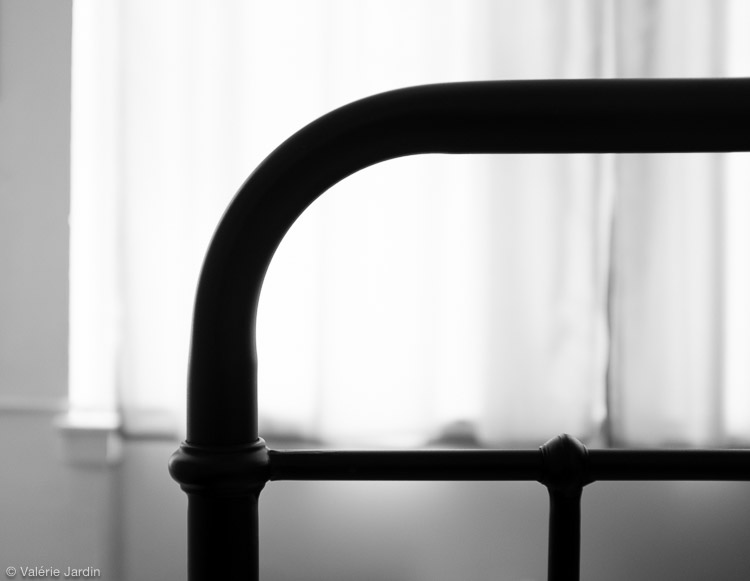

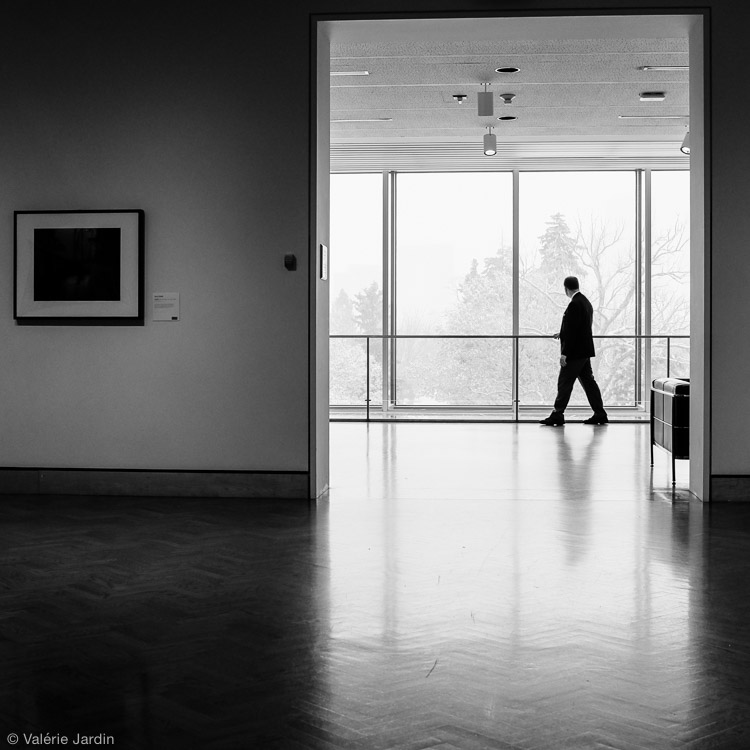






























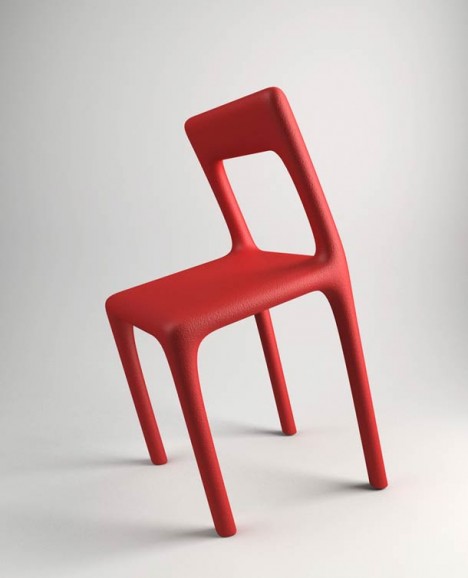



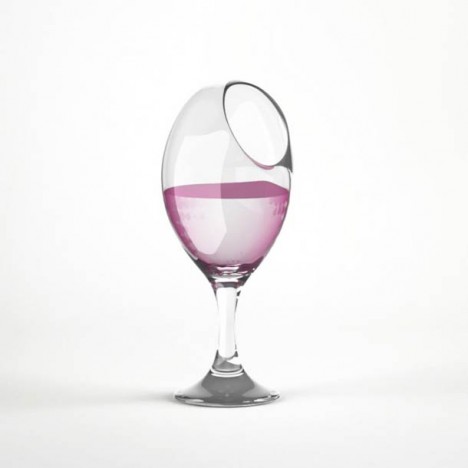












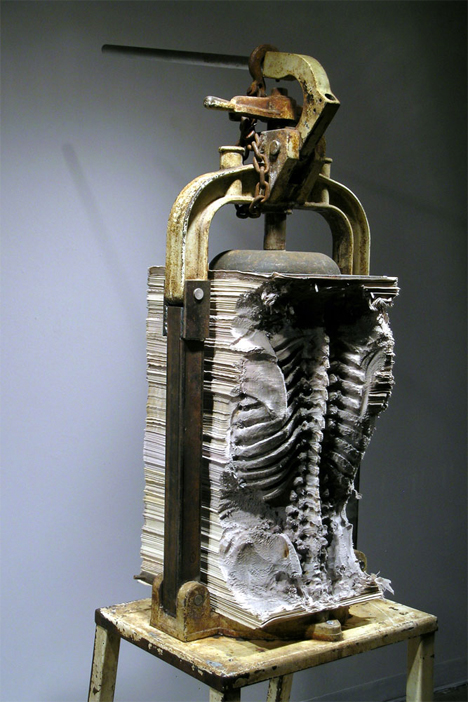



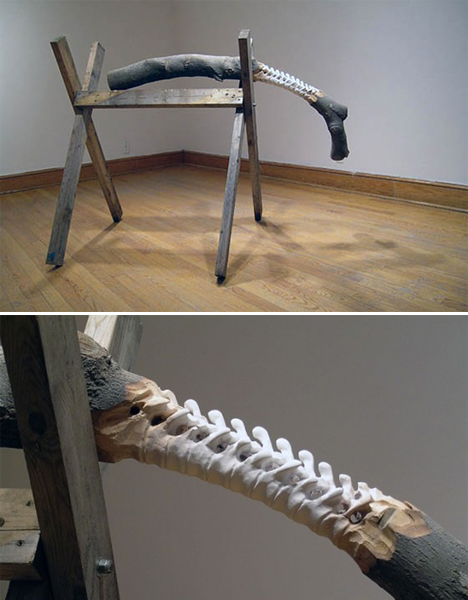








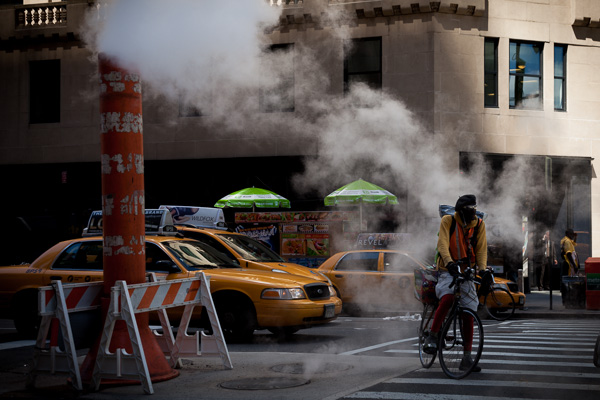

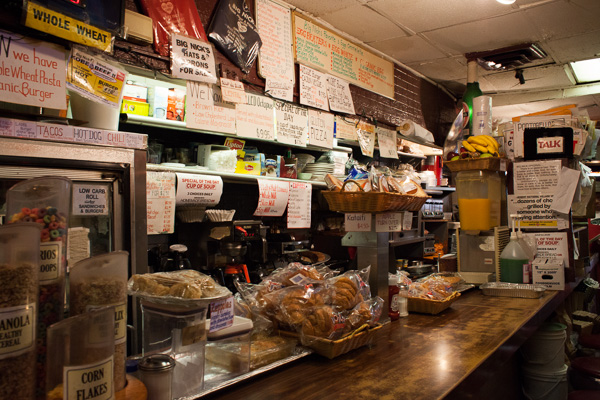
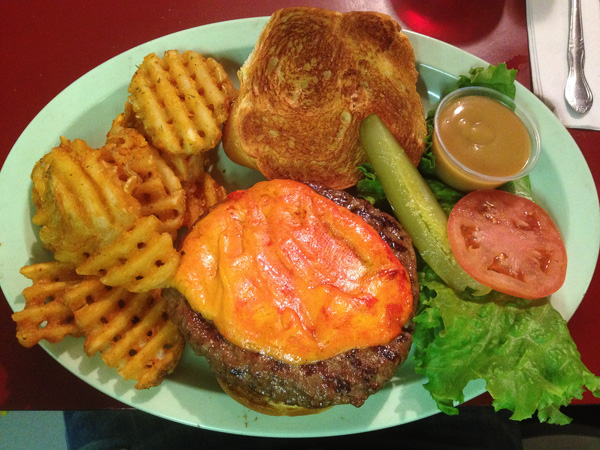




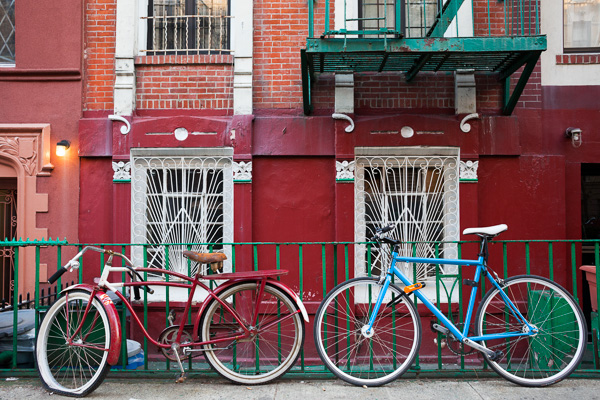





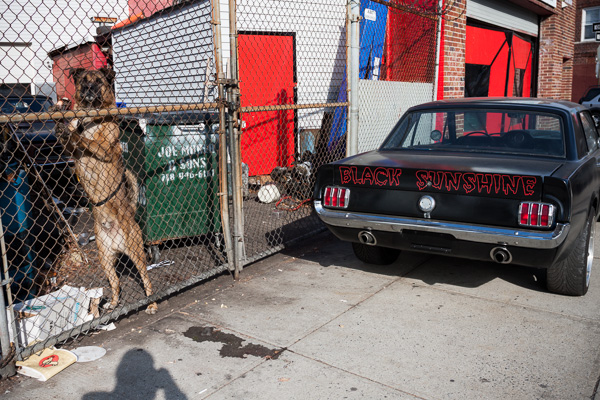

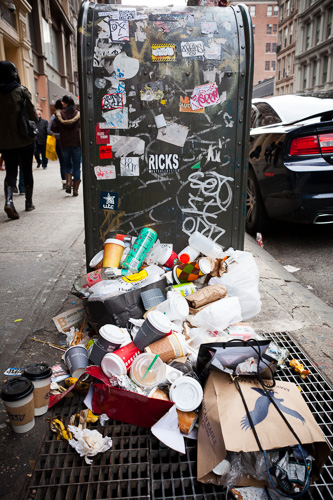


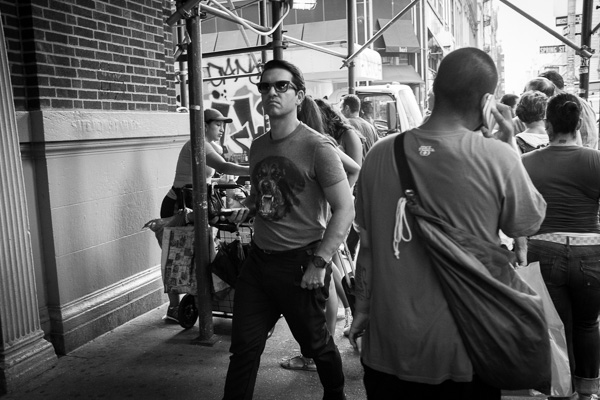






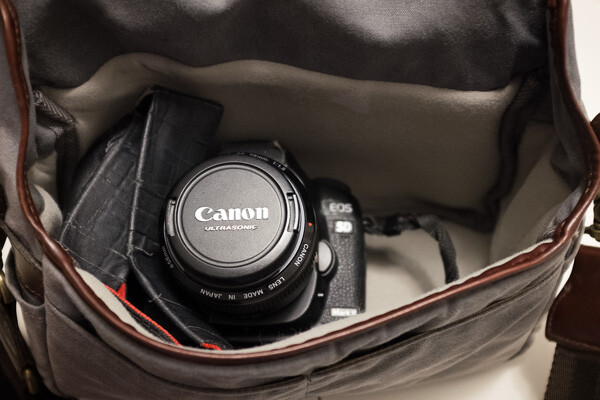

You must be logged in to post a comment.